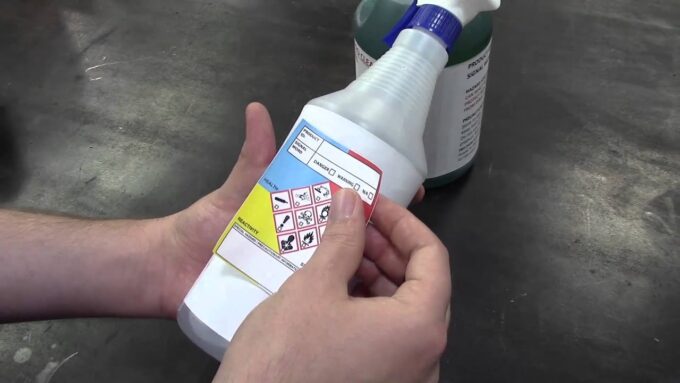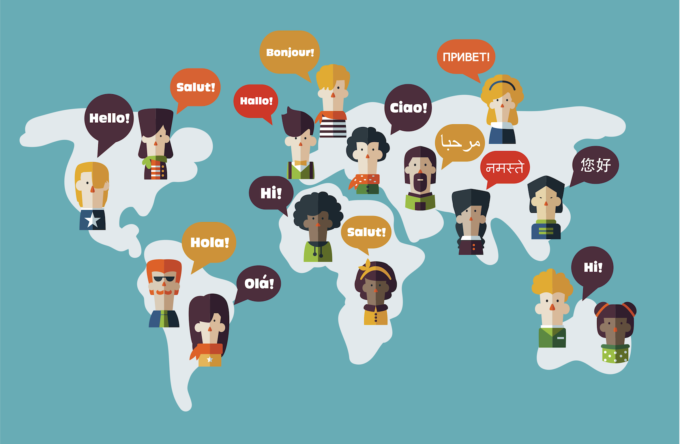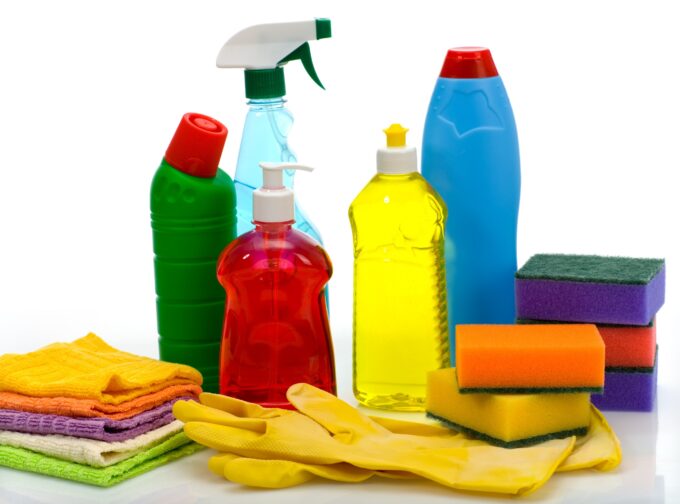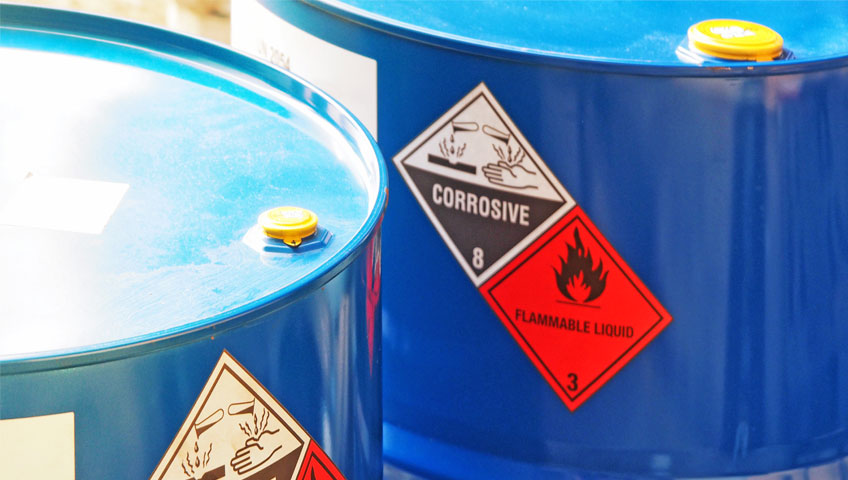The need for labeling has been present in human society for centuries. No matter what a business is manufacturing and selling, it has to have a label with all the information for the customers to know exactly what they are holding in their hands.
Otherwise it would be impossible to judge the quality, consistency, and the overall state of the product on the inside. The food and drink industry is particularly dependent on labeling nowadays when more attention is being paid to allergens and a healthier lifestyle. Cleaning supplies and all sorts of other chemicals and beauty manufacturers must also meet various guidelines if they are to have a portion of the market for themselves.
If you want to learn the challenges your business will surely face when chemical labeling is in question, you came to the right place. In this article we will talk about four such things most consider crucial for the act of putting labels onto packaging. To learn more about this topic, as well as to get familiar with an amazing chemical labeling software, make sure to check out seagullscientific.com.
1. Meeting the Requirements

There are some important regulations and laws you have to comply with if you mean to correctly have your products labeled. The GHS (Globally Harmonized System) for labeling clearly state the rules regarding the information you have to put on the label. The data should be up to date and accurate at all times, so as to prevent harm to your customers.
Hazard statements, transactional data, and the right symbols have to exist on every single product label, as well as different colors, fonts, and container sizes. Of course, all of this has to be available in multiple languages so that customers from all over the world can know what it is that they are browsing and buying.
The information you need comes from various sources, some of which include manufacturing execution, warehouse management, product lifecycle management, and lab systems. If a good labeling system exists within a business, it will always utilize good manufacturing practices since the retrieval of data remains efficient and accurate.
Requirements from the GHS and other bodies change overtime as people become more cautious and careful. One of the newest ideas is to transition to more color elements instead of warning signs and pictures. A labeling solution that uses colors for most of the labeling laws and rules is easier and could be utilized better.
2. Different Languages

We mentioned the language barrier already but here we will dive deeper into this important section. Companies have a lot of partners throughout the world and nobody can have everything they need close by. In the modern world, doing business abroad and outsourcing parts of your industry is common, even optimal.
Therefore, with raw materials, prices, regulations, and everything else there is to even the smallest business, companies have to solve language issues on the labeling. Every single country that is receiving the product must have a label in its native language. Depending on the destination, there may have to be a few additional elements that the country in question asks the manufacturers to use.
China is one of the more demanding destination for products, as even the most popular and widely-recognized brands translate everything, including the logo. If this is not met, fines, delays, and products returned from the customs are the result, and they are a costly result to have. Even if your label has to be completely different for a specific market, you should not think twice about complying.
For example, you may have a product that for some reason requires you to print 4 or 5 different labels for the same container, simply because you ship it to countries that have different standards and laws. This is one of the reasons why a standardized system like the aforementioned coloring patterns should be introduced in the future. For now, comply and overcome this challenge to the best of your capabilities and you will experience great customer satisfaction.
Make sure to check General Label for label printing service.
3. Variable Data and Appeal

Now that you have dealt with the rules and languages, it is time to see what should actually go on the label. More precisely, what sort of data. Over the last few years or so, manufacturers in all the different parts of the industry have been asked to make additional changes and meet new requirements regarding instructions and the need for special handling of goods.
Moreover, logos, graphics, branding, and even barcodes are changing rather quickly, quicker than anyone would like them to. Managing so many changes is quite challenging for many a firm, especially those who already have a lot of their products on the storage shelves. There have been examples of manufactures who had to tinker with hundreds of different labels because of new requirements.
The best way to do this is to utilize business logic with your new labels. Applying it to automatically update your labels, you will finally be able to keep up with the ever-present changes, reducing the number of your potential templates and standardizing the look and appeal of your products.
4. Adapting for the Future

By most estimates, the chemical industry is expected to grow considerably within the next five years. Most companies, especially the big players, are adding expanding and adopting new types of products into their selections. Therefore, the need for standardization of processes is greater than before and one of the most important factors here is of course labeling.
Scaling the whole operation and involving a greater number of plants and employees is the key. This is why a good labeling software is what will surely save you time and money. Mergers and acquisitions are easier if you have a good labeling system as well since it is easy to adapt and change what needs changing. A centralized solution allows your chemical company to design new labels quicker and more efficiently, as well as to update your current labels.
Think about these things as the future we talk about here is very close. Adapting for it and preparing your whole operation in the meantime is the best way to stay in the game and not get passed by the competition.








